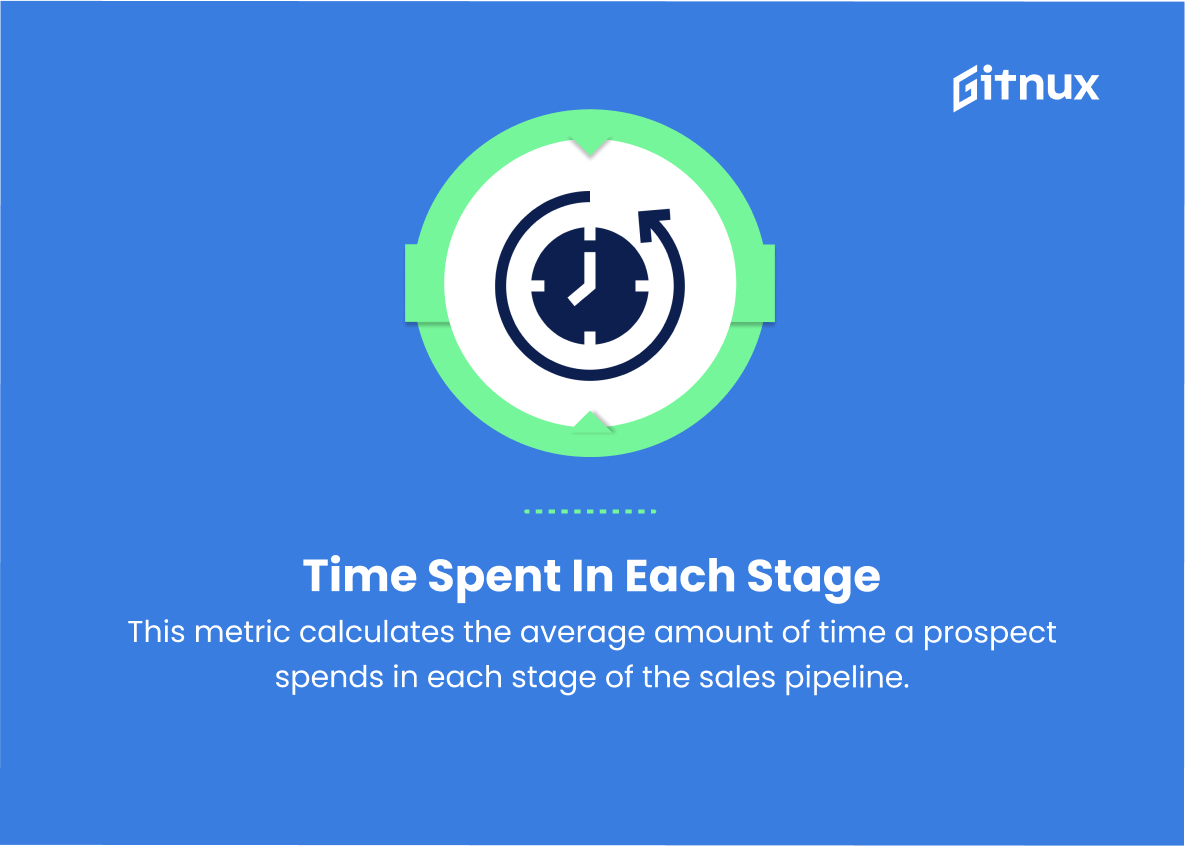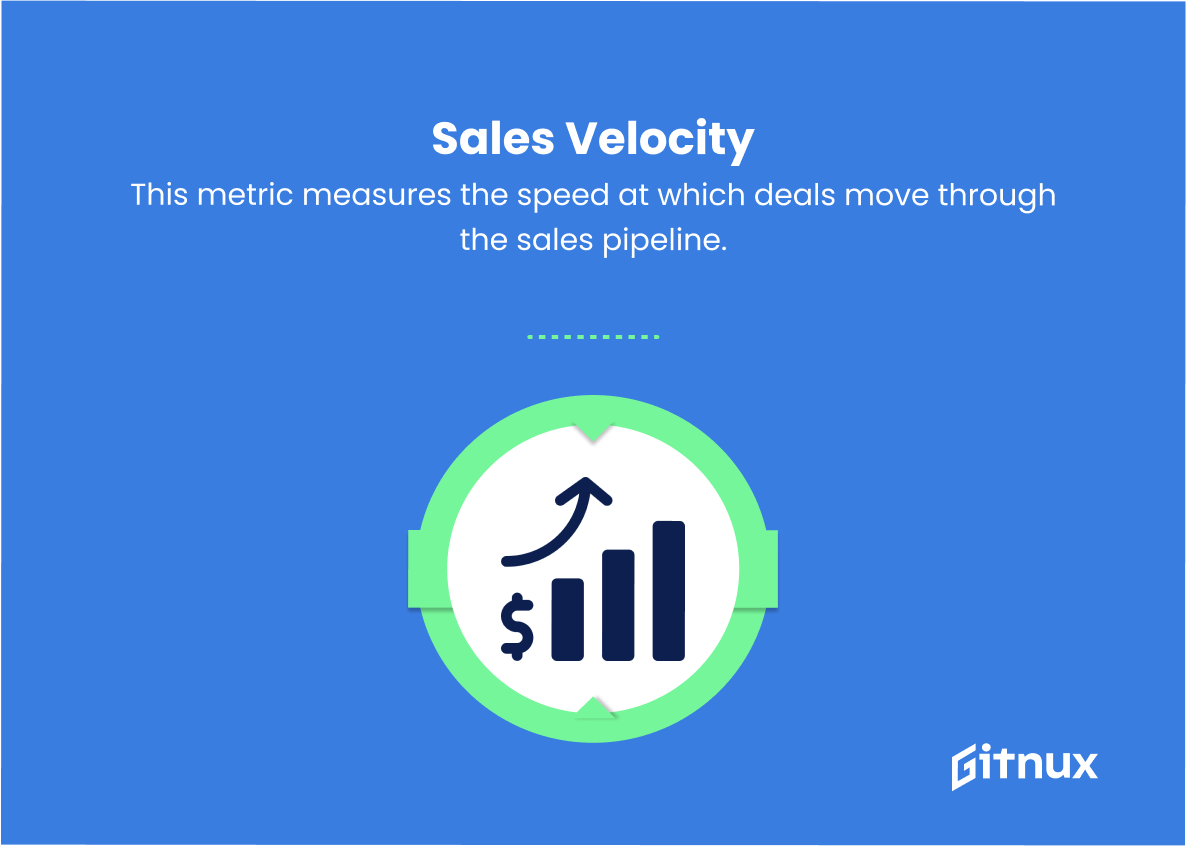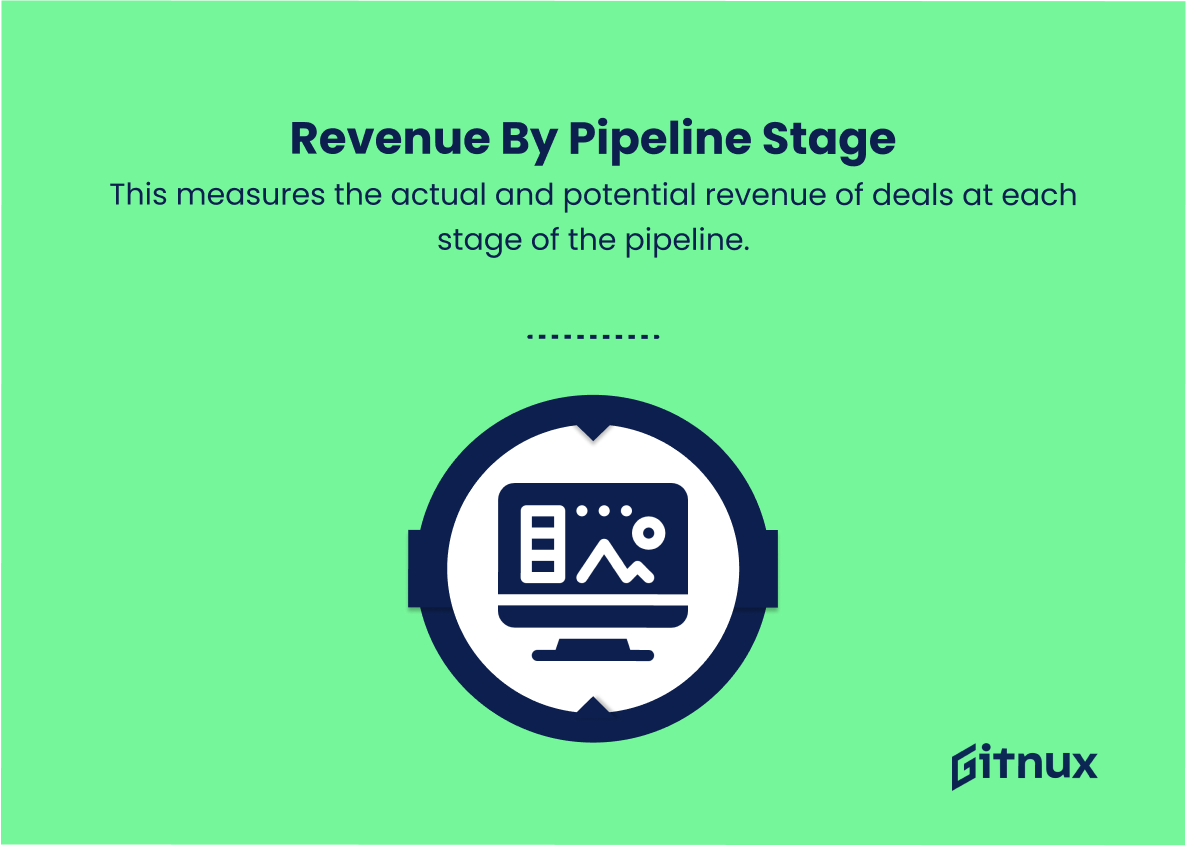In today’s data-driven business environment, understanding and mastering your sales pipeline metrics is no longer a luxury reserved for a select few, but a necessity for success in the competitive landscape. As sales professionals, we know that our pipeline provides us with the insights and foresight needed to close deals, forecast revenue, and optimize strategies. However, making sense of the myriad of metrics available can be a daunting task, especially for those new to sales analytics. In this thought-provoking blog post, we will delve into the world of sales pipeline metrics, demystifying key performance indicators to help you unlock your pipeline’s full potential as a primary driver of growth and sustained profitability. Join us in exploring the crucial metrics that can transform your sales process and lay the foundation for unparalleled success.
Sales Pipeline Metrics You Should Know
1. Number of leads
This metric tracks the total number of prospects entered into your sales pipeline during a specific period. It’s important for understanding lead generation efforts and forecasting future sales opportunities.
2. Lead conversion rate
This is the percentage of leads that eventually move through the pipeline and become customers. It helps in identifying the efficiency of your sales team and the overall sales process.
3. Time spent in each stage
This metric calculates the average amount of time a prospect spends in each stage of the sales pipeline. It helps identify potential bottlenecks in the sales process and opportunities for improvement.
4. Win rate
This metric represents the percentage of sales opportunities that end up closing successfully. It helps measure the effectiveness of your sales team and indicates the overall health of your sales pipeline.
5. Deal size
This metric calculates the average monetary value of closed deals. This helps in determining the revenue potential of your sales efforts and can help identify opportunities to increase deal size.
6. Sales velocity
This metric measures the speed at which deals move through the sales pipeline. It is calculated by dividing the total number of deals by the average time it takes to close a deal. Higher sales velocity indicates a more efficient sales process.
7. Sales cycle length
This measures the average time it takes for a lead to move through the entire sales pipeline, from lead generation to closing a deal. Understanding your sales cycle length can help identify areas for improvement in your sales process.
8. Revenue by pipeline stage
This measures the actual and potential revenue of deals at each stage of the pipeline. Tracking this can help prioritize resources and focus on deals that are more likely to close.
9. Sales quota attainment
This is the percentage of sales representatives who meet or exceed their sales quota during a specific period. It helps assess individual and team performance and can inform sales coaching and training initiatives.
10. Lead source effectiveness
This metric evaluates the success of different lead generation sources, such as inbound marketing, cold calls, referrals, etc. This helps determine which lead sources are most effective in generating qualified leads and fueling your sales pipeline.
Sales Pipeline Metrics Explained
Sales pipeline metrics evaluate and optimize sales team and strategy performance. Tracking leads assesses generation and forecasts opportunities. Conversion rate measures sales team efficiency, while time in each stage reveals bottlenecks. Win rate, deal size, and sales velocity evaluate effectiveness and deal closure. Sales cycle length and revenue by stage show improvement and resource allocation. Quota attainment guides coaching/training, and lead source effectiveness identifies successful generation methods.
Conclusion
Understanding and monitoring key sales pipeline metrics is essential for long-term success. Metrics like lead gen, conversion rate, sales velocity, deal size, and pipeline leakage provide insights for informed decisions, identifying improvement areas and boosting sales. Accurate data guides effective and efficient sales efforts, positively impacting the bottom line. Prioritize pipeline metrics analysis to drive exponential growth.










